We may earn money or products from the companies mentioned in this post. This means if you click on the link and purchase the item, I will receive a small commission at no extra cost to you ... you're just helping re-supply our family's travel fund.

Cruising is one of the best ways to relax, unplug, and explore the world but that doesn’t mean you have to go completely off the grid. If you’re planning to bring your phone along for photos, maps, messaging, or social updates, you need to plan ahead. Cell phones can quietly rack up charges at sea if you’re not careful. Here’s how to stay connected without returning home to a shocking bill or a blown budget.
Turn On Airplane Mode at Sea

Before your ship even leaves port, turn on airplane mode. This shuts off cellular services and prevents your phone from automatically connecting to maritime networks, which charge extremely high rates. While in airplane mode, you can still manually connect to Wi-Fi, which is often more affordable and reliable for basic communication. Staying in airplane mode also blocks background apps from using data without your knowledge. It’s your first and best defense against accidental roaming.
Use the Ship’s Wi-Fi
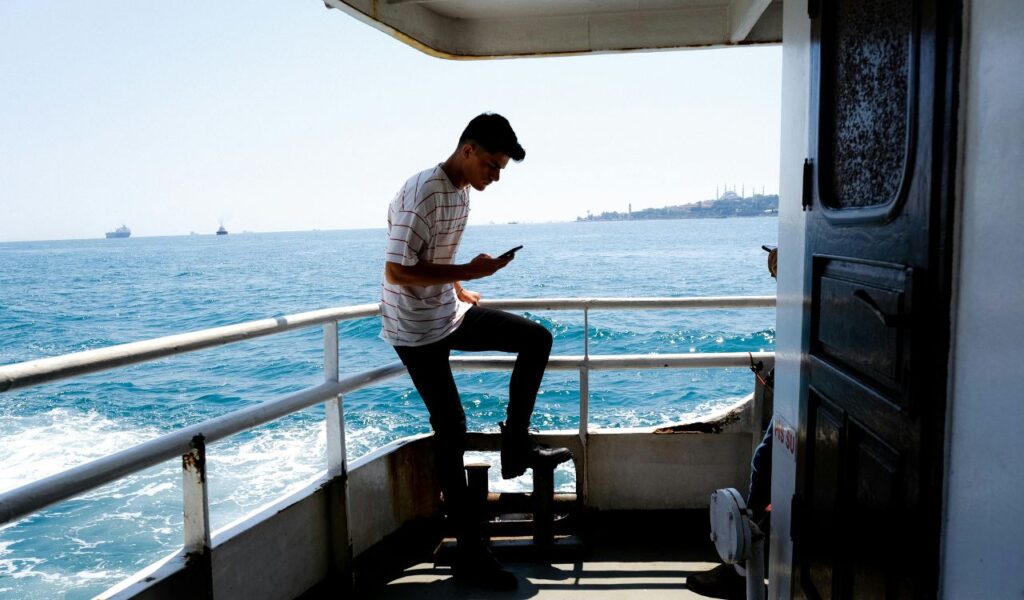
Most cruise lines offer Wi-Fi packages with various levels of access ranging from basic messaging and email to streaming and full browsing. You can typically purchase these plans ahead of time or once onboard. Some ships even let you use their mobile apps for free over Wi-Fi to view daily schedules or chat with fellow passengers. Choose a plan based on your needs and stay within its limits. It’s much safer and more budget-friendly than relying on mobile data at sea.
Disable Data Roaming

If your phone’s data roaming is on, it can quietly connect to international or satellite networks often without warning. These background connections can rack up huge charges, even if you’re not actively using your device. Before boarding, go into your settings and turn data roaming off entirely. For extra safety, keep cellular data turned off as well. Combined with airplane mode, this ensures your phone won’t sneak onto high-cost maritime or foreign networks while you’re enjoying the open ocean.
Consider the Ship’s Cell Plans
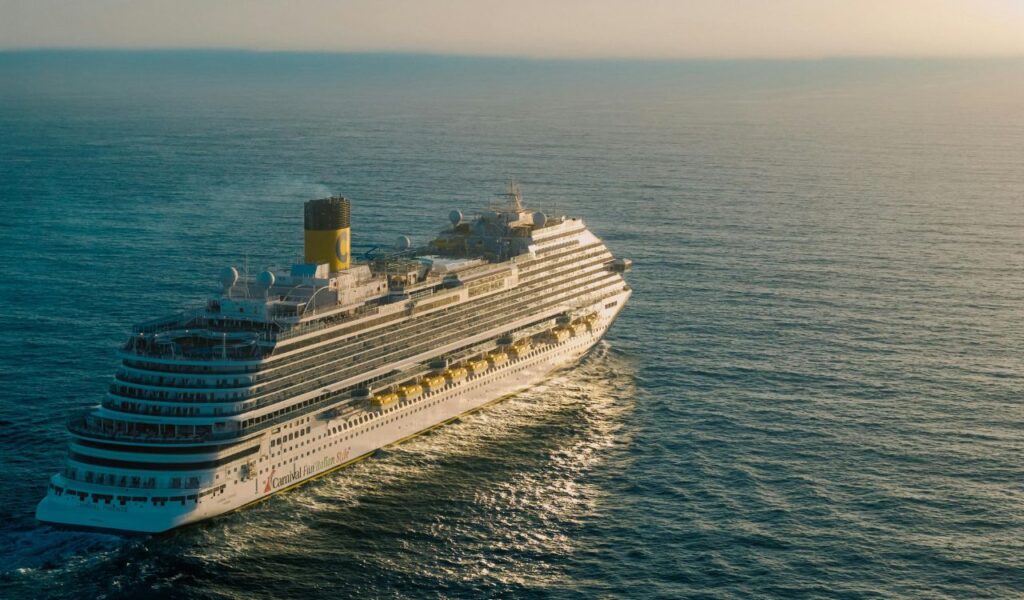
Some cruise ships offer their own cellular plans that let you call, text, or browse using the ship’s onboard mobile network. These plans are usually separate from Wi-Fi and may come with limited or no data caps. While convenient, they can be expensive and may not include service once you’re back on land. If your cruise line provides this option, review the pricing and coverage carefully. You might be better off using your provider’s roaming plan—or sticking to Wi-Fi.
Use Messaging Apps Over Wi-Fi

Instead of traditional SMS or phone calls, use messaging apps that work over Wi-Fi—like WhatsApp, iMessage, Signal, or Facebook Messenger. These apps allow you to send texts, voice notes, photos, and even make video calls without using mobile data. They’re reliable and easy to use, especially when you’re already connected to the ship’s Wi-Fi network. Just make sure your contacts are on the same platforms so you can avoid carrier-based communication altogether while at sea.
Double-Check Network Connection
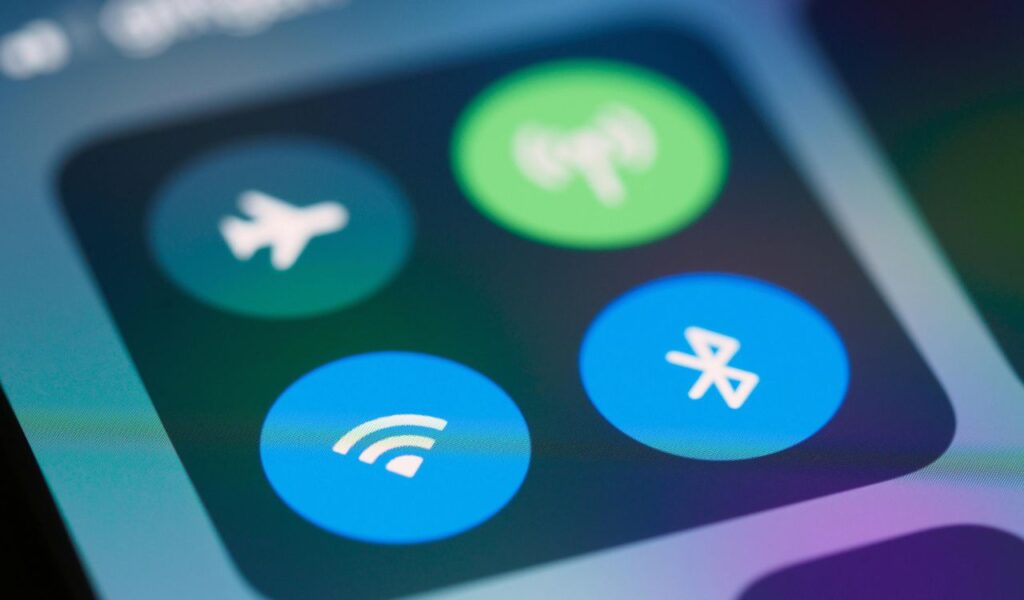
Phones can automatically reconnect to stronger nearby signals even expensive ones. So even if you’ve connected to Wi-Fi, your phone might silently switch back to cellular service when you least expect it. This can lead to big charges if you post a photo or check email while unknowingly on a roaming network. Always keep airplane mode on and check your phone’s network status before going online. One slip-up can cost you far more than a Wi-Fi package ever would.
Download in Advance
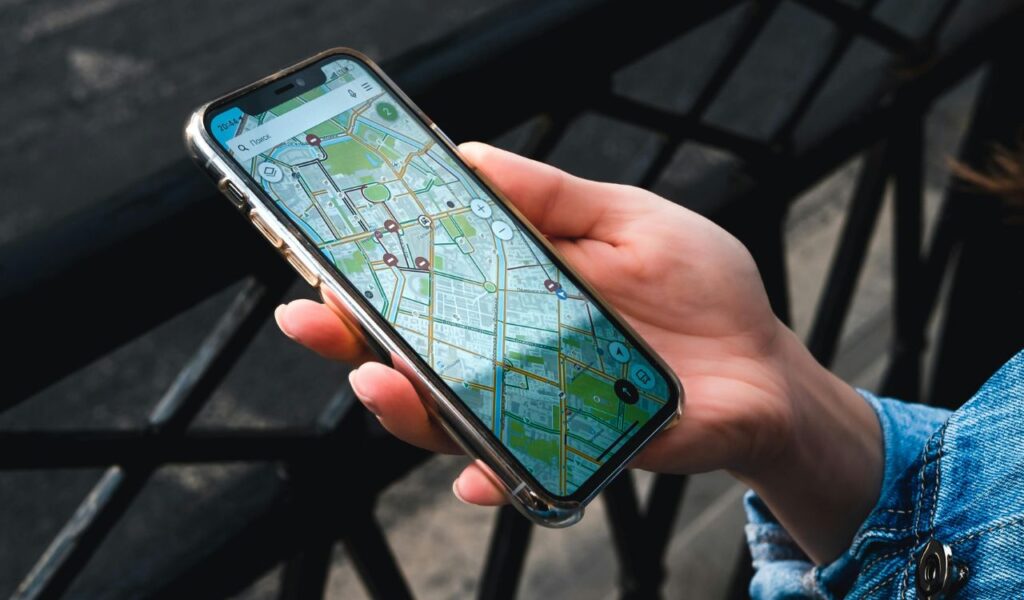
Don’t rely on having a strong signal at sea. Download key items before departure—offline maps, entertainment, books, podcasts, and travel apps. This ensures you won’t need to use data to access content, even in areas with weak connectivity. Downloading ahead also lets you avoid using up your Wi-Fi package for large files or streaming. It’s a simple but smart way to save bandwidth, avoid frustration, and enjoy your trip without constant connection concerns.
Use a Local SIM in Port
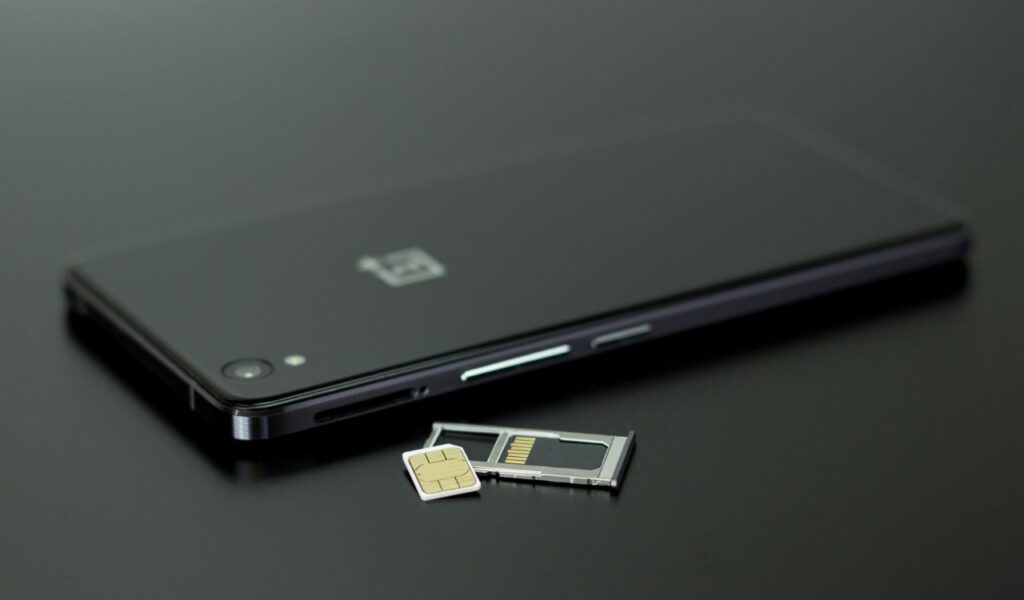
If you plan to explore cities during port stops and want mobile access, consider buying a local SIM card. These typically offer much cheaper data and call rates compared to international roaming. Just make sure your phone is unlocked and compatible with foreign networks. You can often find tourist SIMs at airports or nearby shops in port towns. Switching to a local SIM while ashore gives you affordable, reliable service—without risking unexpected roaming fees from your home provider.